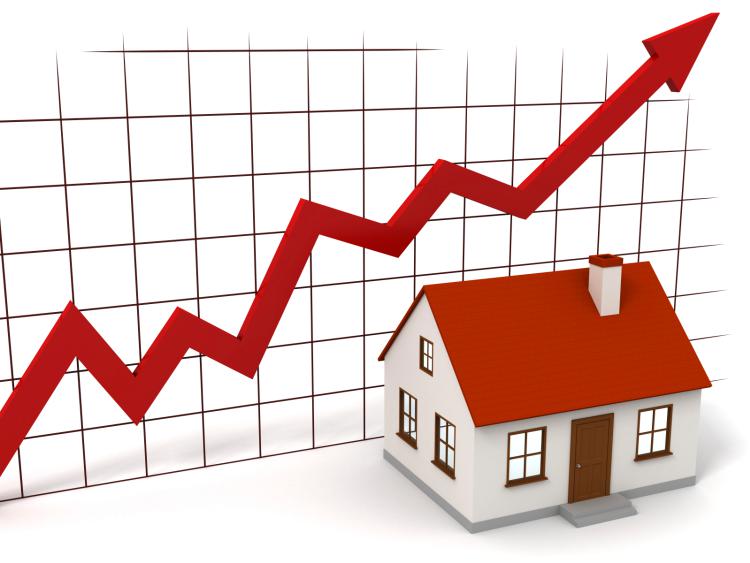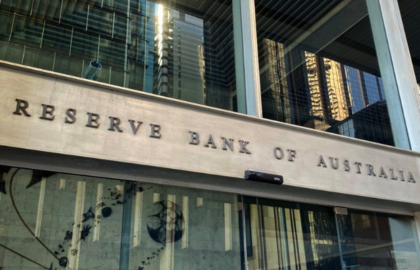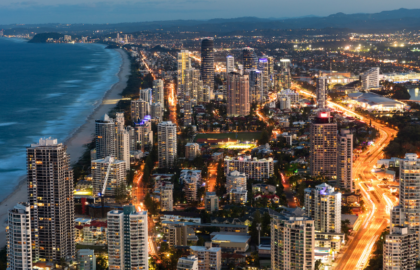
Australia’s central bank, the Reserve Bank of Australia (RBA), has announced its 10th consecutive interest rate rise, bringing the cash rate to its highest level since 2012. This move signals the RBA’s commitment to containing inflation as the country’s economy continues to rebound from the COVID-19 pandemic.
According to RBA governor Philip Lowe, at least one more rate increase will be required to contain inflation and ensure that it returns to the target range. As a result, mortgage repayments are expected to increase even further, putting additional pressure on borrowers.
“The board expects that further tightening of monetary policy will be needed to ensure that inflation returns to target and that this period of high inflation is only temporary,” he said in his post-meeting statement.
“In assessing when and how much further interest rates need to increase, the board will be paying close attention to developments in the global economy, trends in household spending and the outlook for inflation and the labour market.”
If commercial banks pass on the full cost of additional repayments, the monthly increase on a typical $500,000 mortgage would be approximately $1,000 since May 2022.
The RBA’s decision to raise interest rates for the tenth time in a row reflects Australia’s growing concern about inflation. With inflation well above the target range and showing no signs of abating, the RBA has taken a proactive approach to controlling it. However, this move is likely to have significant consequences for borrowers, particularly those with high levels of debt, and may have an impact on the overall growth of the economy. The RBA will continue to closely monitor economic indicators to see how the economy performs in the coming months. Nonetheless, the need for prudent monetary policy to ensure sustainable growth is obvious, and the Australian government and central bank must continue to collaborate to address the challenges that the country faces.








